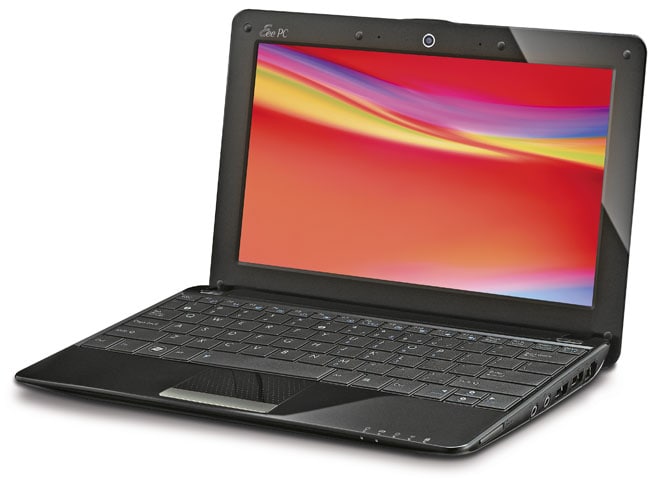
Netbooks: Small, Simple, Effective
A netbook is cheap and convenient enough to get your work done, no matter where you are
The popularity of netbooks has grown immensely ever since their introduction in 2008. While these devices commonly use Intel Atom CPUs and have 8- to 10-inch screens, this has changed significantly in the past year. Now, netbooks come in various sizes and with different capabilities.
Currently, you can get netbooks with screen sizes ranging from 10 to about 12.1 inches. They can have more powerful processors and screens of various sizes. The most important and noticeable improvement since last year is the tremendously increased battery life that today’s models offer.
Still, the most common set of specifications includes a 10-inch screen, an Atom processor, 1 GB of RAM and a 160 GB hard drive — and the weight would be close to 1 kg. In comparison, the first netbook by Asus had a 7-inch screen and shipped pre-loaded with Linux. Such small screens lost favour in the market, and Windows XP became the mainstay, helping netbooks gain popularity.
The level of acceptance people have shown towards netbooks has been justified for many reasons. They are not only affordable, but they are easy to carry and can run all the basic applications needed for day-do-day computing: Email, Internet surfing, chatting, video calls, VoIP — netbooks do a lot of things easily. Now that more powerful hardware is being used, more can be expected from these little gadgets.
In short, the term netbook doesn’t seem to have a clear cut definition yet, because despite the standard practice of using Atom processors, there are companies that offer similar-sized alternatives. Other common factors are the result of Microsoft’s Windows XP licensing limitations, which have little hold these days. Also, extra features like HDMI ports and high-resolution screens serve to blur the line between netbooks and ultraportable laptops even further.
You can get devices called netbooks which have none of the usual characteristics, or Atom-based ultraportables which should be called netbooks but aren’t, because of a perceived low-performance tag. In this comparison we’ve included machines that weigh less than 1.5 kg, have screen sizes under 12 inches, and cost less than Rs. 30,000.
To know more details on the specifications of latest Netbooks available in India, click to download our detailed Netbook Spec Sheet
(This story appears in the 30 November, -0001 issue of Forbes India. To visit our Archives, click here.)





